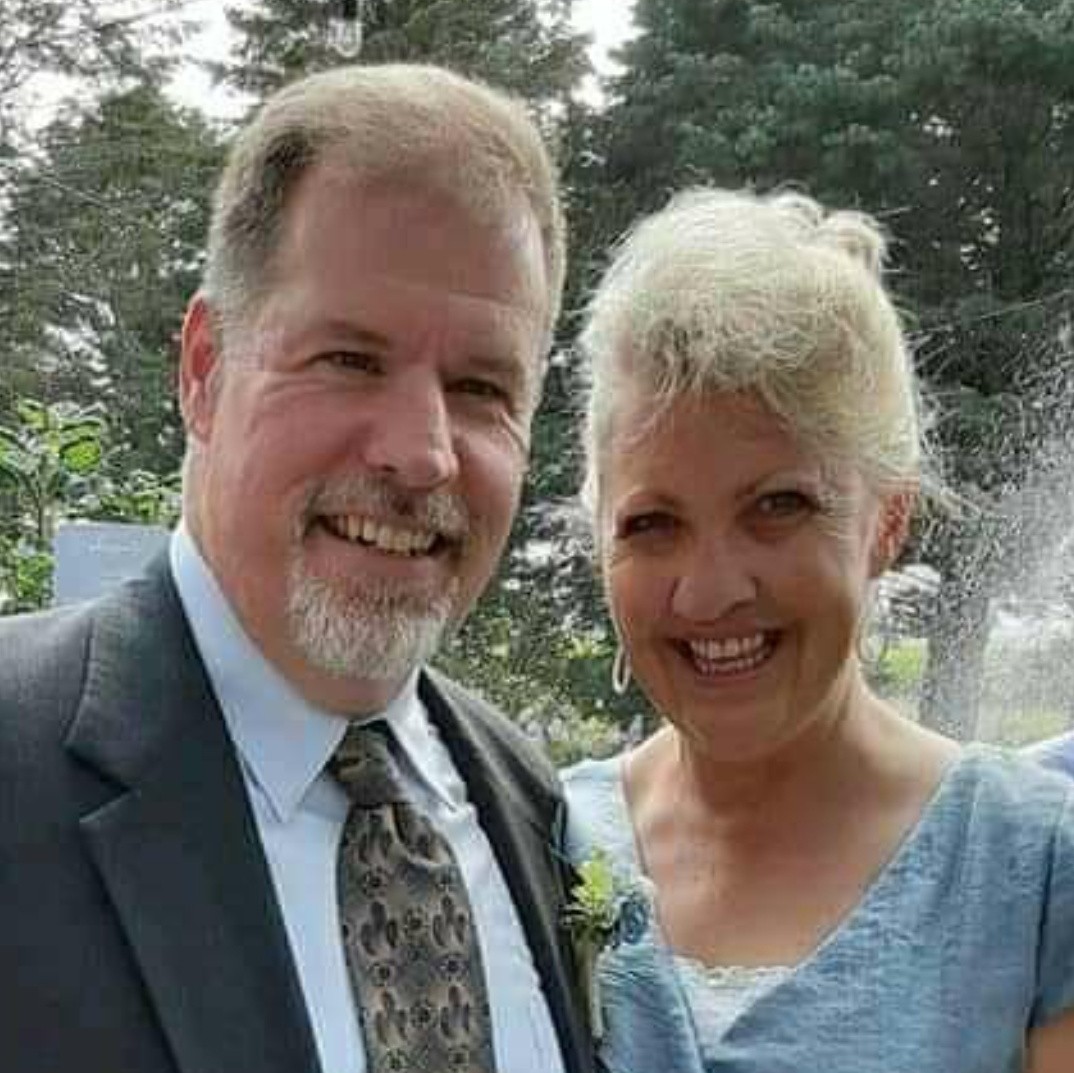
Follow-Up: First Meeting
The key to effective evangelism is actually effective personal follow-up. There are many ways to lead someone to Christ. Having grown out of a Navigator background, Training Evangelistic Leadership taught the Bridge Illustration (Bad News, Good News and Our Response). And we trust that as you practice it, you will see people come to Christ. But many eager servants become discouraged when those they lead to Christ fade out of church or Bible study attendance, which in most cases fall under the category of Pastoral Follow-Up. While there are many reasons a new Believer might stop coming around to the worship service or Bible class, one of the biggest would have to be the lack of a personal relationship with a spiritual parent, the subject of our previous post. They've come to Christ, but are mere spiritual infants; like newborn babes, they need someone to care for them and teach them how to feed themselves, how to walk with Christ and how to clothe themselves with Jesus Christ. That rarely happens just by attending a large-group weekly teaching event.
As we share the Gospel and the Holy Spirit does His work, souls are born again. But newborn (again) souls are infants in Christ. If newborn babies were put right into a classroom setting to be taught basic survival skills, none of them would make it. The Lord is more gracious with newborn (again) Believers, and many survive, but it is the rare soul that grows to maturity without the personal investment of some spiritual parent. So for evangelism to obtain it's desired result, it must be combined with caring personal follow-up.
So what would a caring spiritual parent do with a newborn Christian?
Two Needs
The first two needs of a newborn Christian are for confirmation or clarification of their decision and assurance of their salvation. Satan doesn't fight fair. He starts attacking them as soon as we leave their presence. Right away, he brings in doubts about the genuineness of their decision to trust in Christ. He raises doubts about the ability of the Gospel alone to save. So that should be the goal of our very next meeting, but the groundwork can be laid before we part from them. Invite them to worship with you at church, and leave them with John 5:24 to review and memorize. And most importantly, make an appointment for your first follow-up meeting, being sure that it's within a week of their salvation decision. The less time Satan has them alone to attack, the better.
Clarifying is Assurance
When you see them at that first follow-up meeting, the first thing you'll want to do is go over the Bridge Illustration. Review it to determine what they remember about the Gospel and what saves them. We normally do this in a question-and-answer style. Draw the cliffs with man on one side and God on the other. Ask your new Christian, "Why are Man and God separated?" They should answer something along the lines of "Man's sin." Ask them, "What are the wages of sin?" "Death." And so on, until you've redrawn the whole Bridge with their help.
You should finish up with the text of John 5:24: "What two things are needed for someone to cross from man's side to God's side?" "Hear and Believe." "What three things are promised to those who cross over?" "Eternal Life, No Condemnation, Crossed from Death to Life." Ask them what it is a person needs to believe in order to receive those three things. They should answer with the heart of the Gospel: Jesus Christ, the Son of God, who died for our sins, was buried and rose on the third day.
When you've reviewed the content of the Bridge Illustration, ask your new Christian which side they are on, God's or man's. I was taught early on that the Bridge Illustration is like a map that contains all mankind. Two-thirds of the human race today stand on man's side, still separated from God. One-third has crossed over by believing that Jesus, God's one and only Son, died for their sins, was buried and rose to life again. Which side is your friend on?
A young Christian, someone who prayed in your presence, confessing Christ as his personal Savior, should answer, "God's side." If so, praise God, because that brand new Christian has withstood Satan's attack and not faltered. Make sure he understands how he is saved by asking something along the lines of: "How did you get to God's side?"
But many brand new Christians quickly become confused under Satan's onslaught. "Surely it can't be that easy!" Satan says. Or, "God wouldn't want you, what with all you've done wrong!" Or, "You can't seriously believe that Jesus is God's Son!" Or, "See, you've blown it again! You're no Christian!"
So we shouldn't be surprised if the person we watched pray to accept Jesus' sacrifice says he's still on man's side once we've reviewed the Bridge with him. Ask him why he thinks he's there. Find out how Satan has been attacking him, so that you can review the appropriate part of the Bridge to answer his doubts. Ultimately point him to God's Word, especially John 5:24, and encourage him to believe God rather than his feelings. If you haven't done so already, challenge him to memorize John 5:24 so that he's ready to answer Satan with God's Word whenever he attacks--just like Jesus did.
Going Further
As part of that first follow-up meeting, we also want to start them on the path of Bible study. And the first thing we want them to get a better understanding of is the Gospel. So we will take them through the first Bible study in our Gospel of John Follow-Up series. Especially if this is the first time they've ever seen a Bible, we show them how to find the Gospel of John in their Bible (or in the Bible we give them if they don't already have one). We also show them how to find the chapter and verse as indicated in each study question. For the duration of the Gospel of John Follow-Up studies, we do the Bible studies together with them during our meeting time. The only homework we assign is to memorize one verse each week, working through four basic assurance verses, John 5:24 being the Assurance of Salvation.
This first lesson will help them see all the main points of the Bridge Illustration from the Gospel of John. Both reviewing the Bridge and working through this Bible study lesson will help solidify their understanding of the Gospel and their own salvation.
Be sure to pray together with them, but keep the "meeting" time to an hour. The biggest temptation for an older Christian is to over-teach a lesson. Remember they are a brand new Christian: Everything is new to them, and they need to start from elementary things before they can work up to intermediate and advanced truths. Don't overwhelm them or they'll hesitate in coming back for more. In keeping with the infant analogy, you feed a newborn just a few ounces of milk; you don't take them to the local buffet bar. Go easy on them.
Remember, there's always the next meeting. And we'll talk more about that next time.
Resources
- Gospel of John Bible Studies - Four lessons on Salvation, Assurance, The Word, and Christian Living that can be used either as evangelistic Bible studies or as basic follow-up studies for new believers.
- The Bridge Illustration - A clear and complete explanation of the only way man can be reconciled with God
- Prayer Pages - A tool to help keep track of and manage prayer needs.
- Personal Reading Record - A tool to help you keep track of where you've read and where to read next
- Bible Reading Highlights Record - A tool to help you record your thoughts and applications when you read the Word
- The Timothy Training Workbook - A printable (front & back) discipleship notebook written by veteran Navigator missionary and founder of Training Evangelistic Leadership, Roy Robertson
Courtesy of Roy Robertson and Training Evangelistic Leadership

